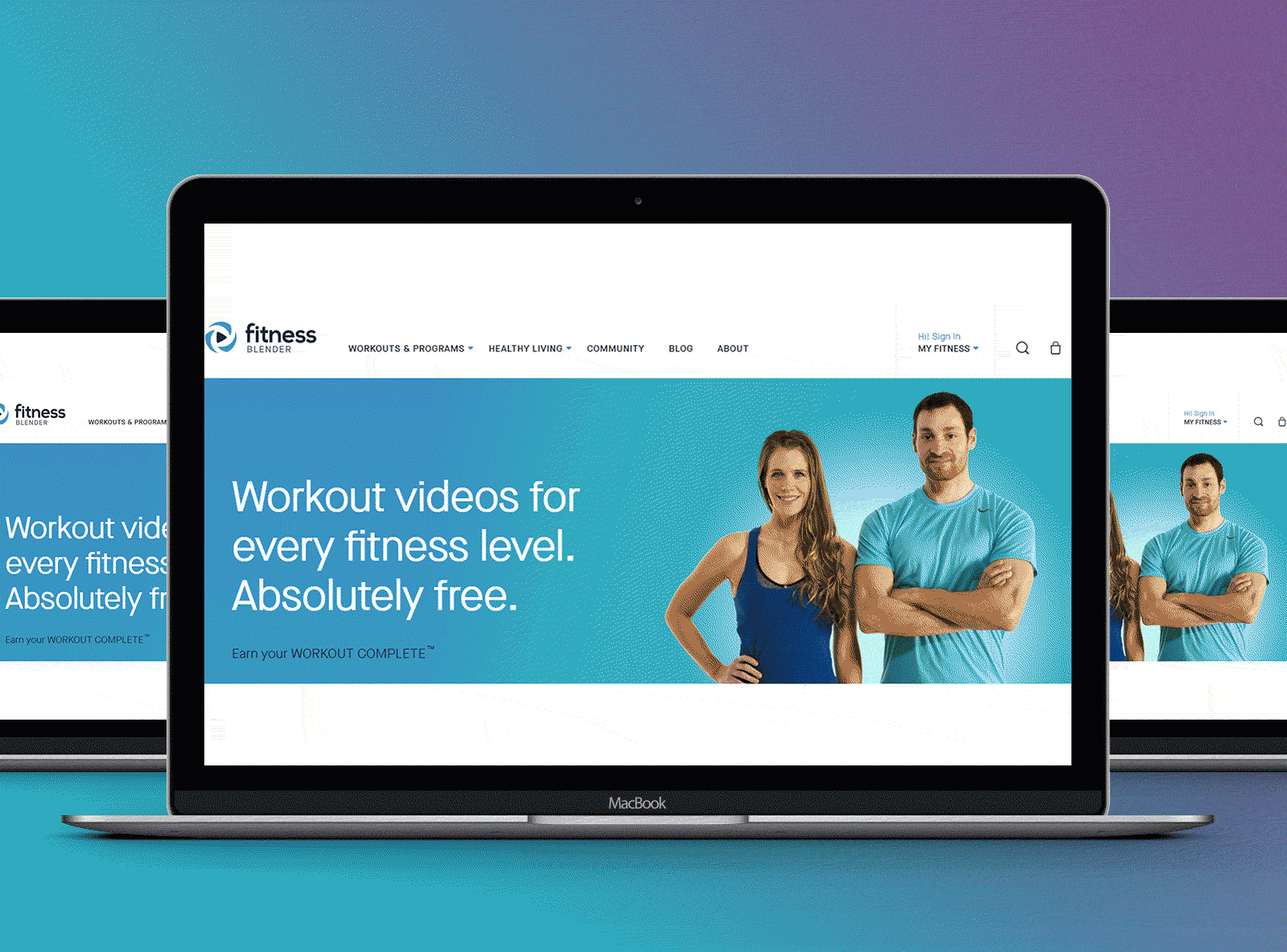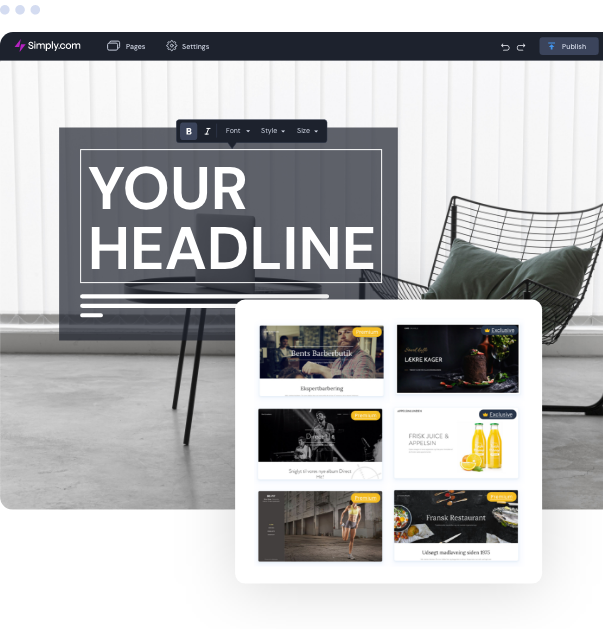Low-Cost Website Design SG Services for Small Businesses
Low-Cost Website Design SG Services for Small Businesses
Blog Article
Top Trends in Internet Site Layout: What You Required to Know
Minimalism, dark setting, and mobile-first techniques are amongst the vital styles forming contemporary layout, each offering distinct benefits in user involvement and capability. In addition, the emphasis on availability and inclusivity emphasizes the relevance of producing electronic environments that provide to all users.
Minimalist Layout Looks
Over the last few years, minimalist layout aesthetic appeals have arised as a leading trend in website style, stressing simplicity and performance. This approach prioritizes crucial content and gets rid of unneeded components, thus boosting user experience. By concentrating on tidy lines, enough white space, and a restricted shade palette, minimalist styles assist in less complicated navigation and quicker tons times, which are critical in retaining users' interest.
Typography plays a substantial function in minimalist layout, as the selection of font can stimulate details feelings and direct the user's journey via the web content. The calculated use of visuals, such as high-quality photos or subtle computer animations, can improve customer engagement without frustrating the total aesthetic.
As electronic spaces remain to progress, the minimal design concept remains appropriate, accommodating a diverse target market. Businesses adopting this trend are often regarded as modern-day and user-centric, which can considerably affect brand name perception in a significantly open market. Ultimately, minimalist layout aesthetics use a powerful option for reliable and attractive website experiences.
Dark Setting Popularity
Embracing a growing fad among customers, dark mode has obtained considerable appeal in website layout and application interfaces. This style strategy includes a mostly dark color combination, which not just enhances visual appeal but additionally reduces eye stress, especially in low-light settings. Customers increasingly appreciate the convenience that dark setting offers, causing much longer engagement times and an even more pleasurable surfing experience.
The adoption of dark mode is likewise driven by its viewed advantages for battery life on OLED displays, where dark pixels eat less power. This functional benefit, incorporated with the stylish, contemporary look that dark styles provide, has led numerous developers to integrate dark setting alternatives right into their projects.
Furthermore, dark mode can produce a sense of depth and focus, attracting focus to crucial elements of a website or application. web design company singapore. As a result, brands leveraging dark mode can enhance user interaction and create a distinct identity in a crowded marketplace. With the fad proceeding to climb, including dark setting right into website design is coming to be not simply a preference however a common expectation among users, making it important for developers and designers alike to consider this facet in their tasks
Interactive and Immersive Components
Often, designers are incorporating interactive and immersive elements right into web sites to improve user engagement and produce unforgettable experiences. This trend replies to the raising assumption from users for even more dynamic and individualized communications. By leveraging attributes such as computer animations, videos, and 3D graphics, internet sites can attract customers in, promoting a deeper link with the content.
Interactive components, such as tests, polls, and gamified experiences, motivate visitors to proactively get involved rather than passively consume details. This involvement helpful hints not just maintains users on the site longer yet likewise raises the likelihood of conversions. Furthermore, immersive technologies like digital truth (VR) and enhanced reality (AR) supply distinct possibilities for services to showcase product or services in a much more engaging manner.
The unification of micro-interactions-- small, subtle computer animations that reply to customer actions-- also plays a vital duty in improving usability. These interactions supply responses, boost navigating, and create a sense of fulfillment upon conclusion of jobs. As the electronic landscape proceeds to evolve, the use of interactive and immersive elements will remain a considerable focus for designers aiming to produce appealing and efficient online experiences.
Mobile-First Technique
As the occurrence of mobile phones remains to rise, embracing a mobile-first technique has actually ended up being necessary for internet designers aiming to optimize user experience. This strategy emphasizes designing for smart phones prior to scaling approximately bigger screens, guaranteeing that the core functionality and content come on one of the most frequently utilized platform.
Among the key benefits of a mobile-first method is improved efficiency. By concentrating on mobile style, sites are streamlined, lowering tons times and improving navigation. This is specifically important as individuals expect rapid and receptive experiences on their smartphones and tablet computers.

Access and Inclusivity
In today's electronic landscape, guaranteeing that sites are available and comprehensive is not simply a best technique yet an essential requirement for getting to a diverse target market. As the web continues to function as a main methods of interaction and commerce, it is necessary to identify the varied demands of individuals, including those with specials needs.
To achieve real ease of access, internet designers must stick to developed guidelines, such as the Internet Material Accessibility Standards (WCAG) These guidelines highlight the importance of giving text choices for non-text content, making certain keyboard navigability, and maintaining a rational content structure. Furthermore, inclusive layout practices extend beyond conformity; they entail producing a customer experience that accommodates different capacities and preferences.
Including attributes such site here as adjustable text dimensions, shade comparison options, and screen visitor compatibility not just boosts usability for individuals with specials needs yet also enriches the experience for all individuals. Eventually, focusing on accessibility and inclusivity fosters a more equitable digital atmosphere, urging more comprehensive involvement and interaction. As companies increasingly acknowledge the moral and financial imperatives of inclusivity, incorporating these concepts into website style will come to be an essential element of effective online strategies.
Conclusion

Report this page